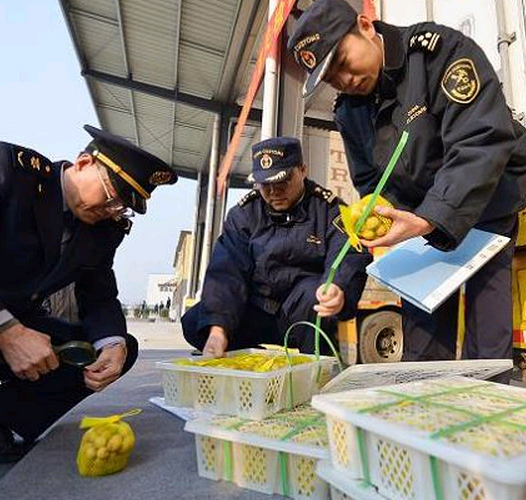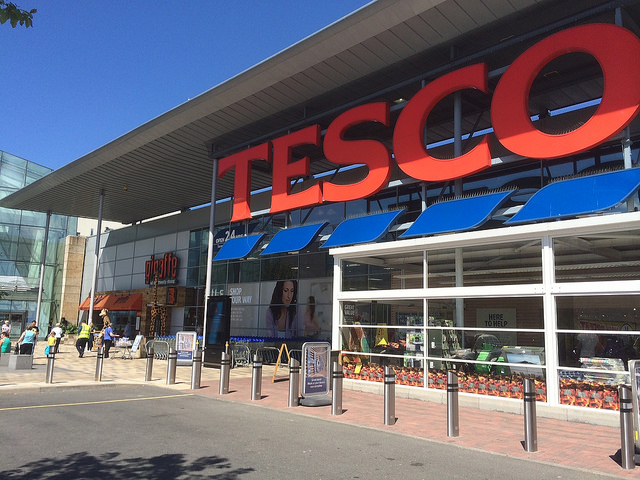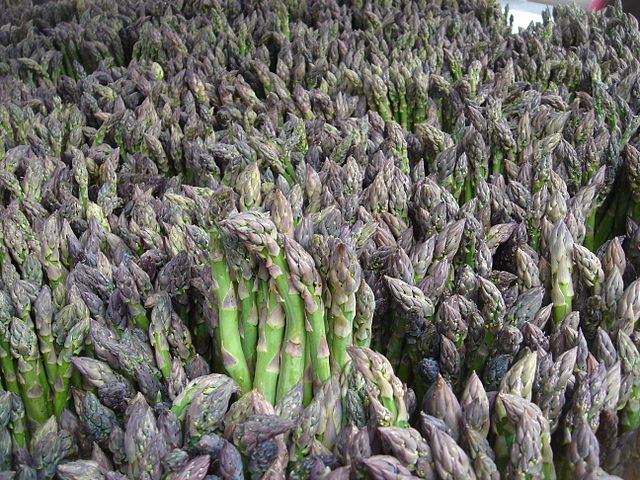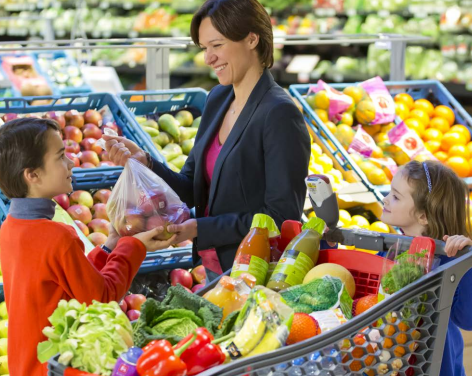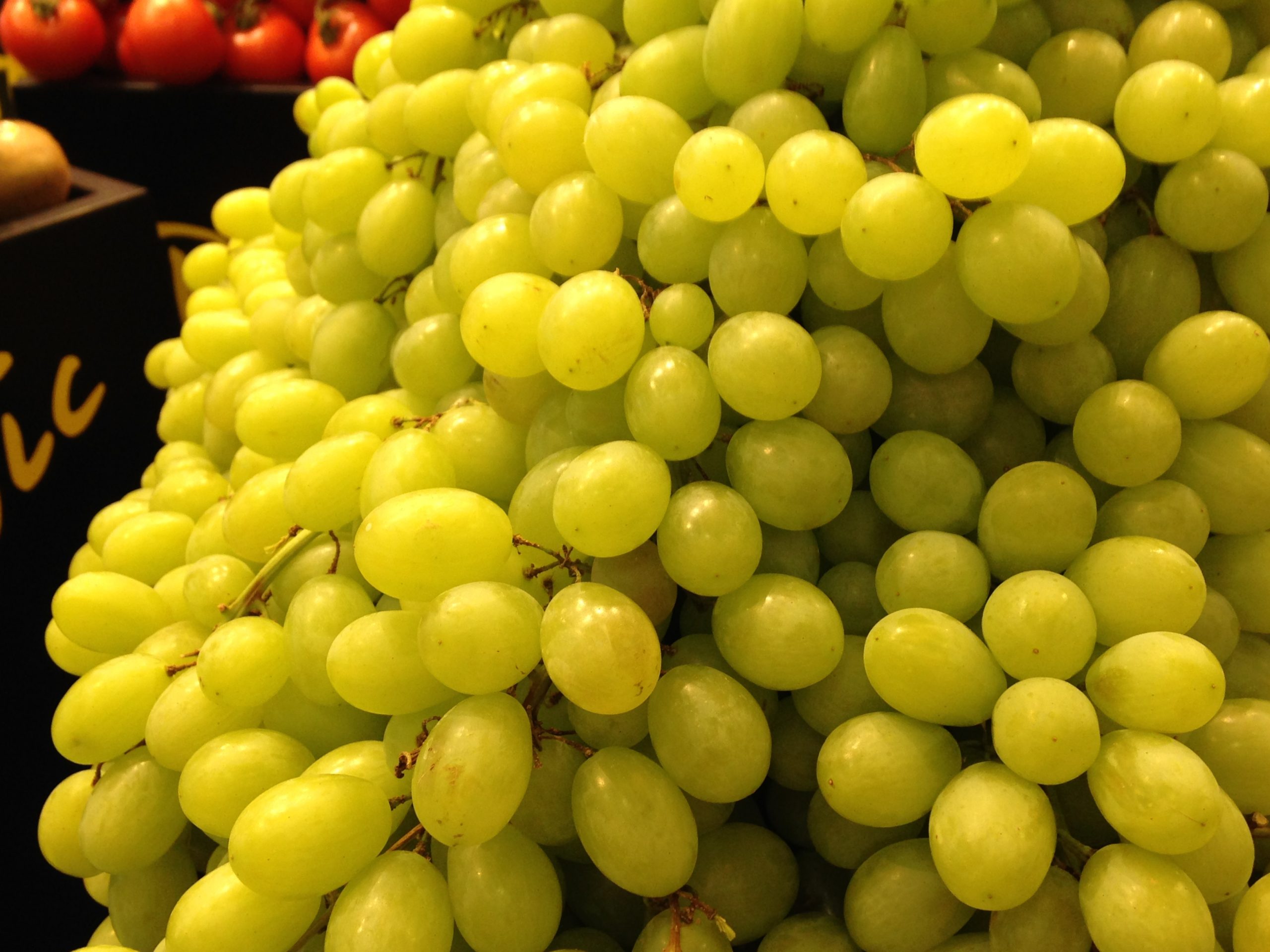
Fresh apples from China may be imported into the continental United States under a new determination published by the U.S. Department of Agriculture’s (USDA) Animal and Plant Health Inspection Service (APHIS).
Among the conditions to be applied are that apples from areas in China where the Oriental fruit fly is known to exist must be treated with fumigation and refrigeration, and all Chinese apples must be accompanied by a phytosanitary certificate with an additional declaration stating that all conditions for the importation of the apples have been met and that the consignment of apples has been inspected and found free of quarantine pests.
In a press release today, APHIS said the rule follows decades of hard work by the USDA and further builds on the trade relationship USDA has established with its Chinese counterparts.
“Earlier this year, USDA officials reached an agreement with our Chinese counterparts to allow the importation of all U.S.-grown apples to the Chinese market, which will be effective May 22, 2015. Under that agreement, the apple industry estimates that, within two years, exports to China will reach five million bushels annually, a value of nearly $100 million a year. This achievement also has the potential to increase U.S. fresh apple exports, which were valued at more than $1 billion in 2013, by approximately 10 percent,” it said.
“In making the determination that apples can be safely imported to the United States from China APHIS completed a risk analysis in 2013. The risk analysis determined that apples could safely be imported from China into the continental United States under certain conditions, including being produced in accordance with a systems approach. The systems approach requirements will include:
- production by a grower who is part of a certification program administered by the National Plant Protection Organization (NPPO) of China;
- pre-harvest NPPO inspection;
- issuance of a phytosanitary certificate;
- importation in commercial consignments only;
- sealed boxes;
- and location of apples in a cold storage facility while awaiting export to the continental United States.
APHIS said it will continue to monitor and audit China’s implementation of the systems approach. The final rule is be published April 23 and to be effective as of May 26.
Source: APHIS

